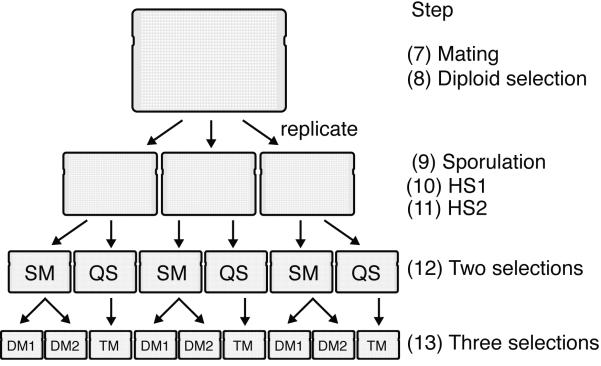Figure 6. Schematic of plate replications during ROTOR pinning steps.
Steps 5-13 of the experimental procedure rely on a Singer ROTOR pinning robot for replica plating yeast colonies onto different selection media. At step 7, the query array is pinned on top of the library array for mating on a single plate, followed by diploid selection at step 8. At step 9, the diploid selection plate is replicated onto three identical plates for sporulation, in order to assess experimental variation in the remainder of the protocol. Following haploid selection (steps 10-11), each replicate is copied onto two different selection media (SM and QS) in step 12, preparing for subsequent generation of double and triple mutants. Finally, in step 13, each SM plate is copied onto DM1 and DM2 plates to select for double mutants, and each QS plate is copied onto a TM plate for triple mutant selection. For every query strain, the screen thus produces three replicate plates for each of the two query mutations (DM1 and DM2) as well as for both query mutations together (TM). Note that each of these final plates in addition incorporates the complete array of library mutations.

